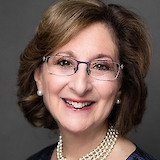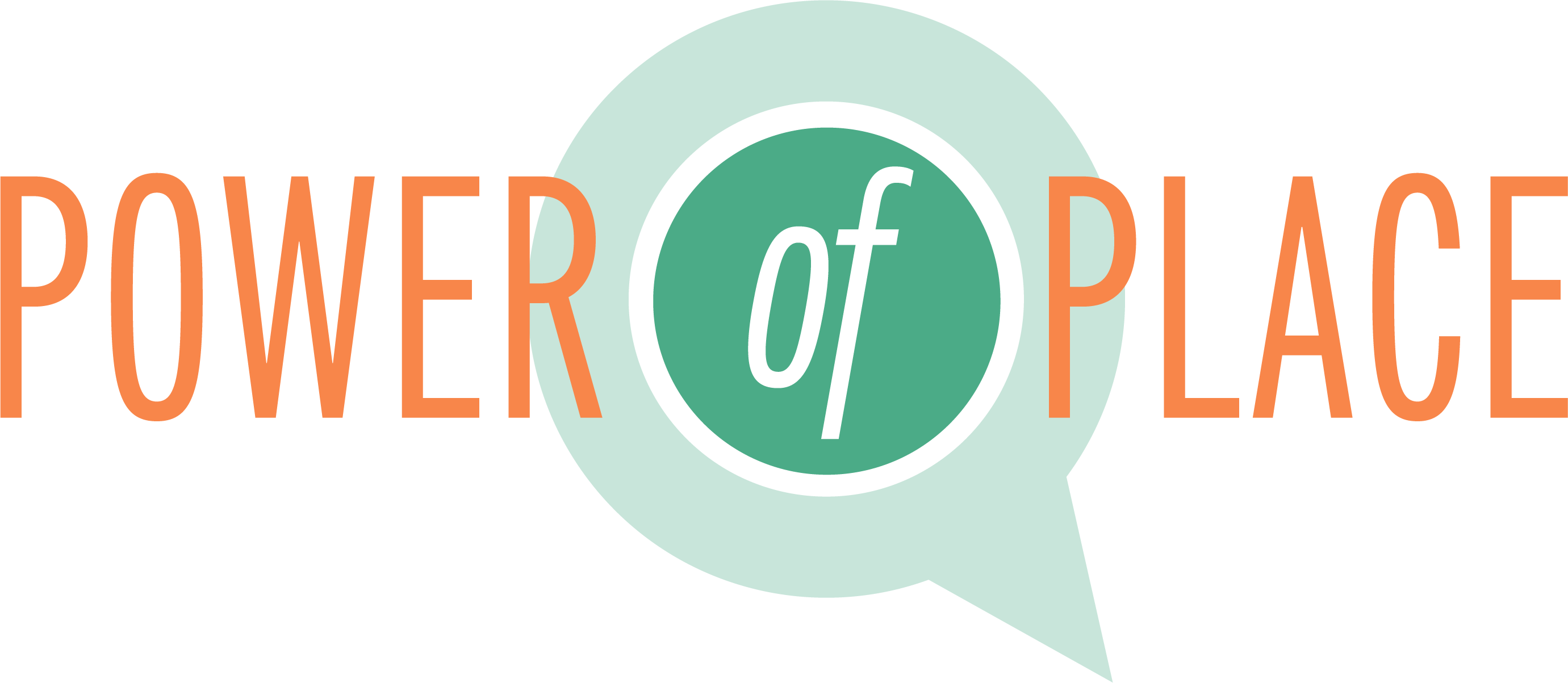January 10, 2025 Read Time:
Mental Health
Q: You’ve said that the global pandemic helped catalyze some changes in your way of thinking and your practice.
A: Yes. So here we were in the middle of a gigantic mental health crisis. I asked myself ‘how do we find the students who need the most help – and how can we improve our triage practice because school couldn’t possibly treat everyone. We had to do that in a way that not only found those students who had internalizing concerns but in a way that was equitable, that was fair to everyone and had some way of saying – “this is why we’re choosing to work with one student over another.” Because I think, in education, we like to be kind of pie-in-the-sky and say, “all kids will get everything they need.” But there are only so many counselors and so much time in the day, which means some heartbreaking decision-making, but it also requires some conscious decision-making.
So I asked myself, how can I give my counselors the tools I would have wanted when I was in the classroom? How can we do that in a way that didn’t significantly increase their workload, but maybe refocused it to have the biggest positive effect.
My instinct, at first, was to focus on the floor. Let’s focus on the kids who are at highest risk – for self-harm, for school avoidance. Let’s catch those kids, first and foremost. And then at the same time, let’s work from the other end on how we can implement SEL strategies – and then meet in the middle.
I recognized from experience and from reading the leadership literature that we needed to build a vision, which requires constant communication – ten times more than what one might think. That’s when I came to the three Rs. “Right Student, Right Service, Right Time.” It’s a little bit loaded to say “right” because that implies there’s a wrong way. My former philosophy professor started his classes by talking about how there might not be a 100 percent right answer but there are some answers that are more right than others. That was the impetus. How can we do this in the best possible way, knowing we are working under incredibly difficult conditions? How could we do this in a way that worked best for the greatest number of students and for the whole system?
I’m grateful for the opportunity to share what I think worked and how to guide a system that helps to focus on the most effective things that are out there - without requiring every counselor to work 12-hour days.
Q: When you were running emotional disability support programs in schools, what was most difficult for you as a professional?
A: For the students I worked with, it was very hard to show progress. Progress for them meant something different from what it meant for a more “typical” student – where you’d have a gap, provide services, and then they would get better in a somewhat linear fashion. Of course, you’d have valleys and mountains, but it’s much more straightforward than with the students I served. But there was still a lot of movement and a lot of growth taking place. I had to be creative in finding ways to capture that - and they had to be able to see their growth, especially in a program in which some of our students were in AP-Level classes. I would cheer them on and say, “You came to school three days this week – and that’s great! ” And they would say, “Do you know how far behind I am in all my classes?”
So, I had to persuade them – and show myself – that . That was when I started developing some tools for myself and investigating how to do the work in a data-based way. Because it’s a bummer if you feel like you’re just hitting a brick wall. You look at how much effort is being given – and these kids were working so, so hard – and then getting Cs. After all that, we had to have a solid answer otherwise we’d both be saying, “Well, what’s the point of it all?”
Q: You write about the difference between “soothing” and” strengthening” approaches to counseling. Can you talk about that?
A: I think a lot of schools, because they are in survival mode, are in the soothing business. When a student gets upset or has a panic attack, we have counselors on hand so they can be sent to the counselor, calmed down, and be sent back to class. And I’m not dismissing soothing completely – there’s no system that could survive without soothing. At the same time, if we’re not teaching young people skills and have them practice those skills when they’re not in distress…we’re getting them through with soothing, but we’re not helping.
This requires a change in priority – from the child who has the loudest difficulties to a focus on the routine appointments. This is a flip for a lot of caretakers. Helping people like to be needed. Early on in my career when I was in reactive mode, I thought “I’m doing such a good job! I’m showing kids that school is a safe place, I’m showing them that they have the adults in their corner.” And sometimes I wasn’t really helping them, not in the long term.
Q: What are the one or two unrealized levers for change in mental health counseling?
On the one hand, finding students before they collapse. How do you do that proactive work to find the students? Schools collect many sources of date on their students. But how do you manage to integrate everything and cut through the noise to say, “Hey, you. You look like you’re having a tough time.”
The dream would be the student would be taken by surprise, responding with “who me?” And then, on reflection, would be “Oh, yeah, actually, you’re right.” If we could do that with a larger number of students to get preventative work in place, that I think, would really move the needle. Attendance is a big issue these days. A lot of schools right now will wait until a kid has a certain number of absences – and then they send a letter home because they’re required to do so. But we can do better: the research says that if a student has missed two days of school in the first month, they are much more likely to be chronically absent. So in the first month of school, you can make a list of these students and get some plans in place. It’s usually not until it becomes an adversarial encounter that we intervene – when the blame is placed on the family, when the family is already angry at the school. It’s the upstream work that can make a big difference.
Another lever that involves a lot of conscious work is to make sure the student knows what they are working on. I heard people talk about counseling sessions referencing “the COW,” or crisis of the week. Instead of focusing on the crises in succession, it’s more effective to engage the student in their own healing with explicit messaging about what they are working on and whether they are making progress. This involves some relatively simple progress monitoring and measurement-based care – which requires having evidence-based practices and systems.
The humanistic counseling stays in the picture, but that alone is not good enough. We’ve must address skill-building pieces because that’s what’s going to help students toward emotional independence. That, I think, is a hard shift for school systems. I think we can do better and I think that the students are better served by focusing on the strengthening work. I want to give counselors permission and remind them that they have more skills than they think. We are the ones we’ve been waiting for. And there are so many easy progress monitoring tools out there. Even less formal data can be a solid foundation: Are students coming to school? What’s the duration of their time in school? Is it increasing or decreasing? Are they coming for support during their scheduled times or is it all unscheduled crises? What is the duration and intensity of symptoms? What is the trend of these symptoms? All these data points are huge indicators of how a student is doing.
Another easy indicator of need is the number of risk assessments performed. But many school districts don’t have a central data base where they keep track of who has been given a risk assessment for self-harmor suicidal ideation. That’s not standard operating procedure everywhere.
In Swampscott, we conducted a climate survey. It was nothing fancy, but it did the job. I asked high school students: What are you proud of in school? What’s something you wish your teacher knew? What’s the hardest thing for you in school? What’s the last song you listened to? If you were principal, what would you change? Do you feel you have an adult in the school whom you trust? I then shared the data with school staff so they could create opportunities to connect with students, especially those who couldn’t name a trusted adult.
Q: What can adults in schools learn and do to better serve young people with mental health challenges?
A: A few things:
First, prune before you grow. In other words, take some time to figure out what’s not working and identify what might work better. For example, instead of having an attendance team and a behavior team, and a student support team, might we merge them all together? Or can we meet in a different way that maximizes the time of everyone involved?
Second, organize data systems that everyone understands, that gets everyone what they need in an accessible format and doesn’t live in 10 different silos because you’re paying 10 different tech companies.
Third, as I mentioned earlier, focus on soothing versus strengthening. Where are we just doing soothing work? How can we reduce that? How can we maximize and increase the strengthening work?
What I’m offering is a discussion of how best to shape our systems. It must be done thoughtfully. And it must be done locally. That “power of place” ethos is critically important.
To reach Craig Harris: charris@rightframeworks.com

